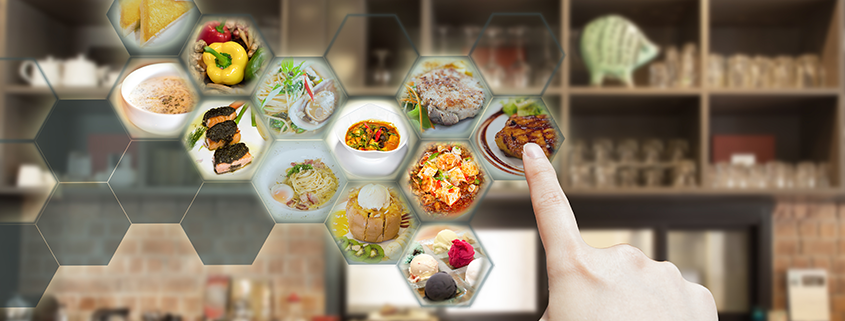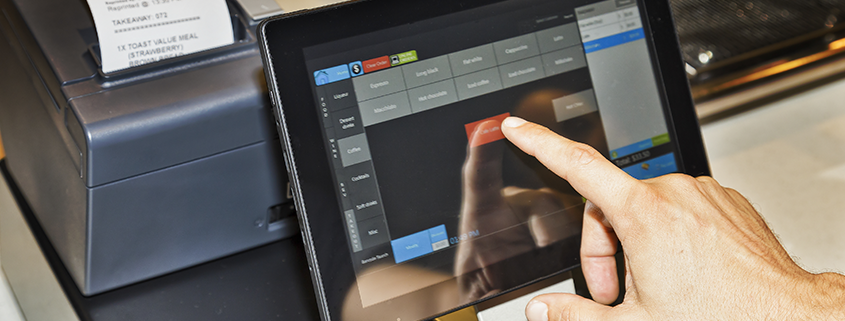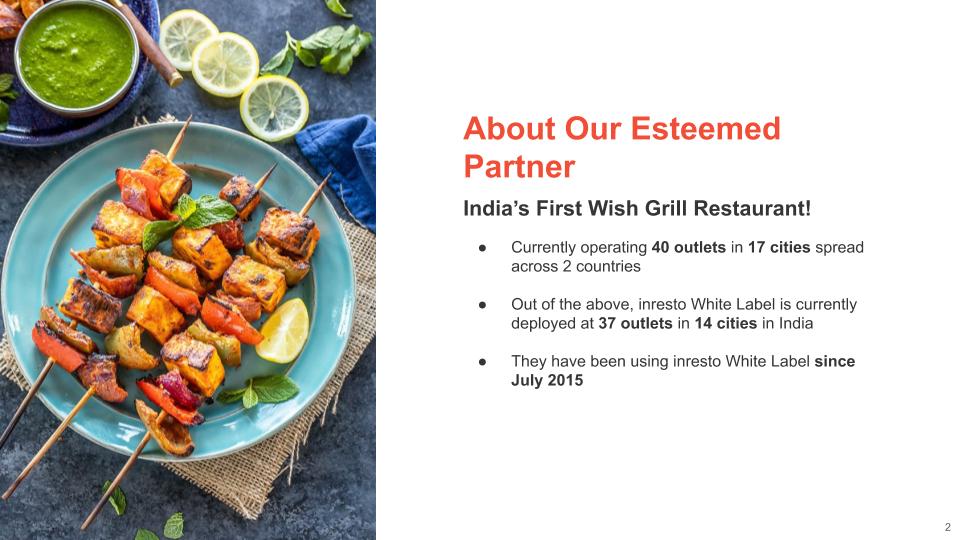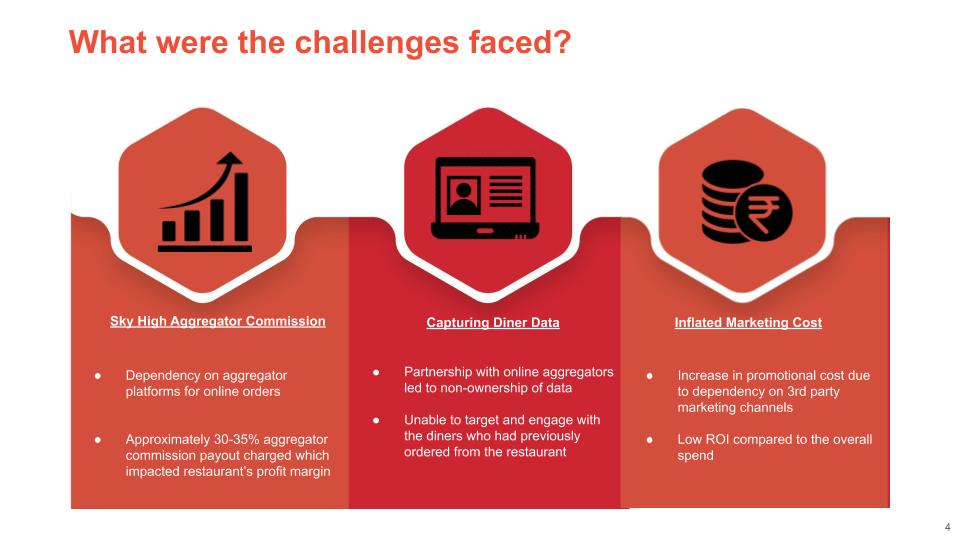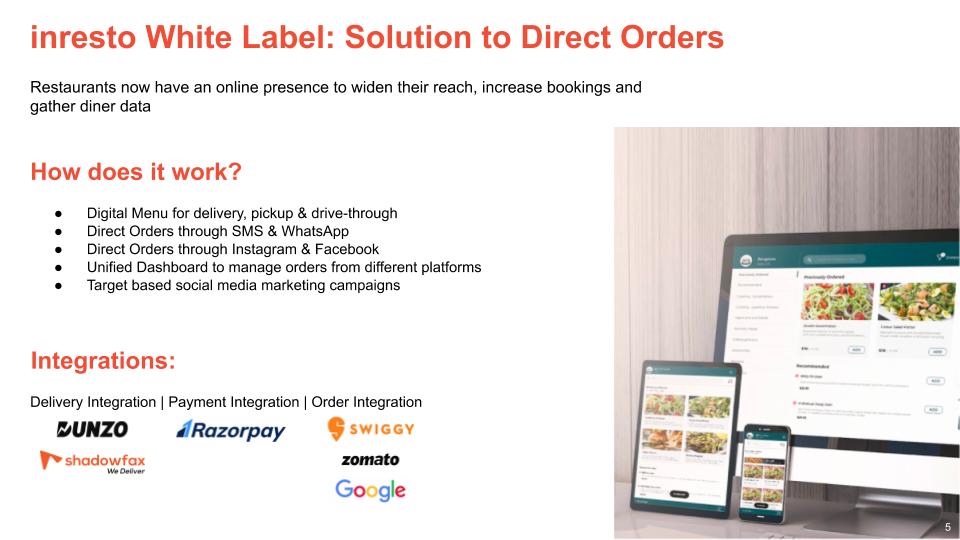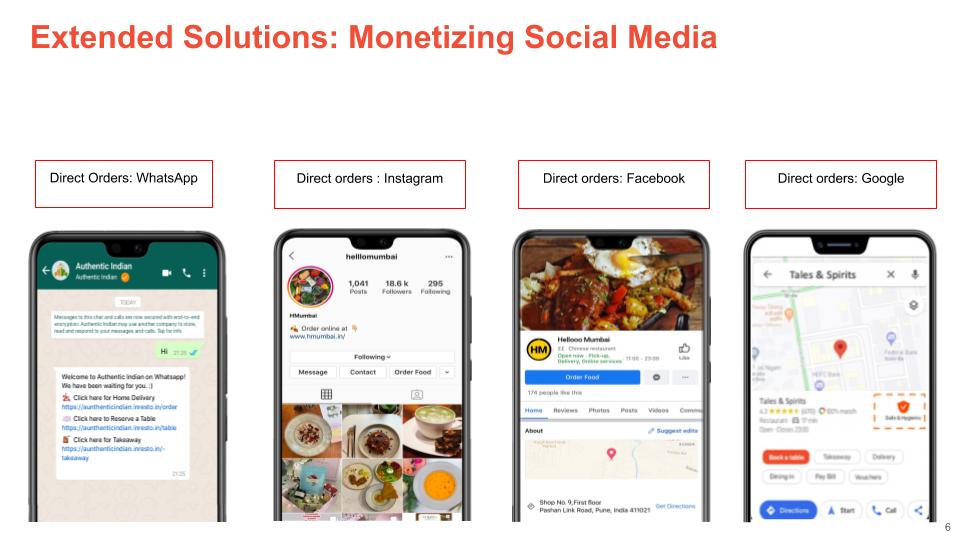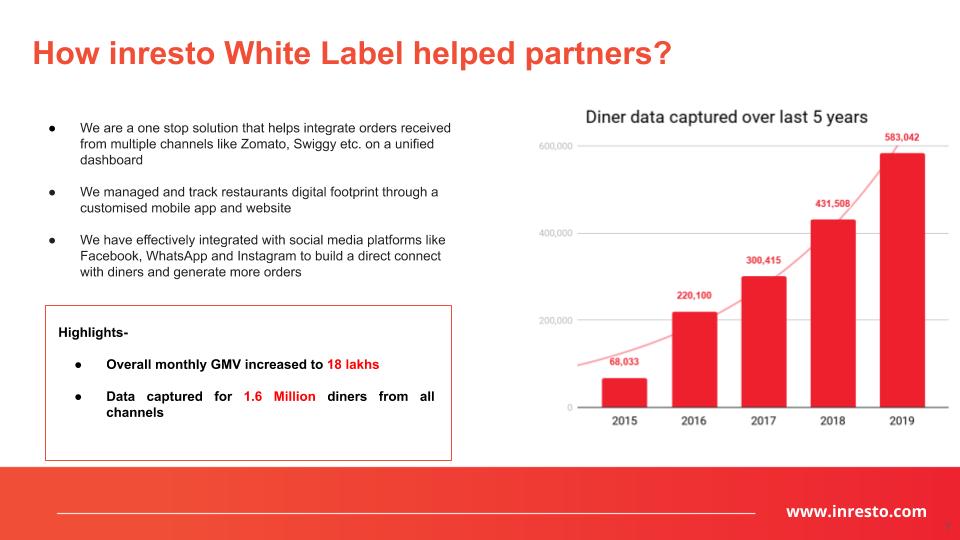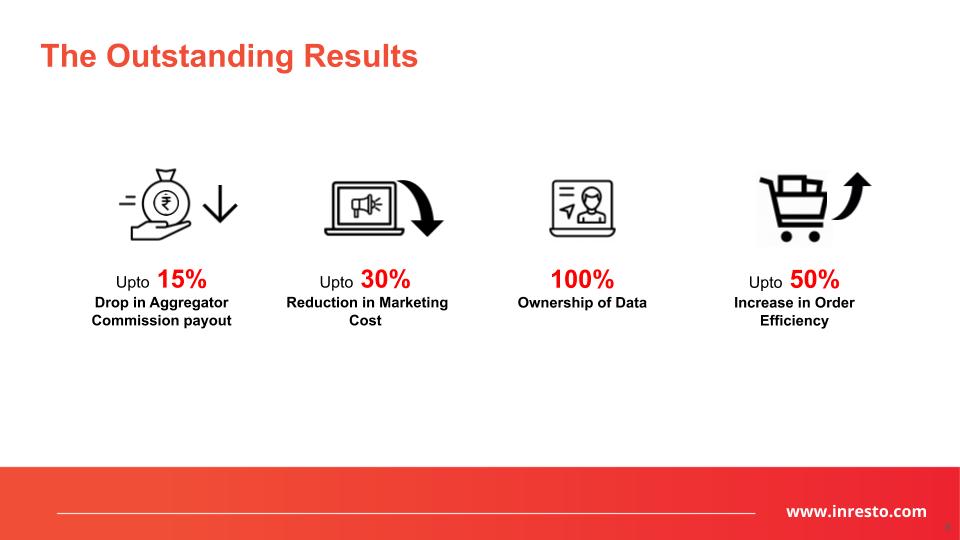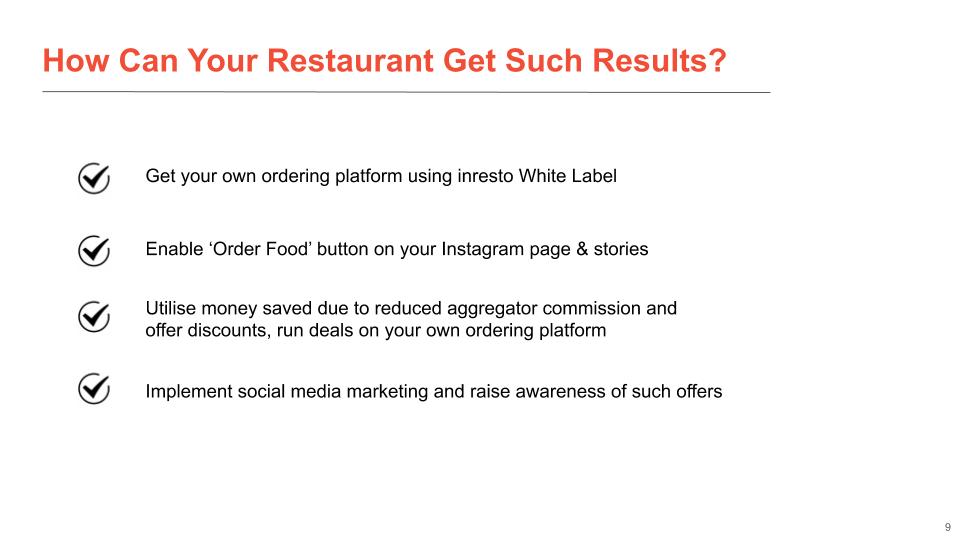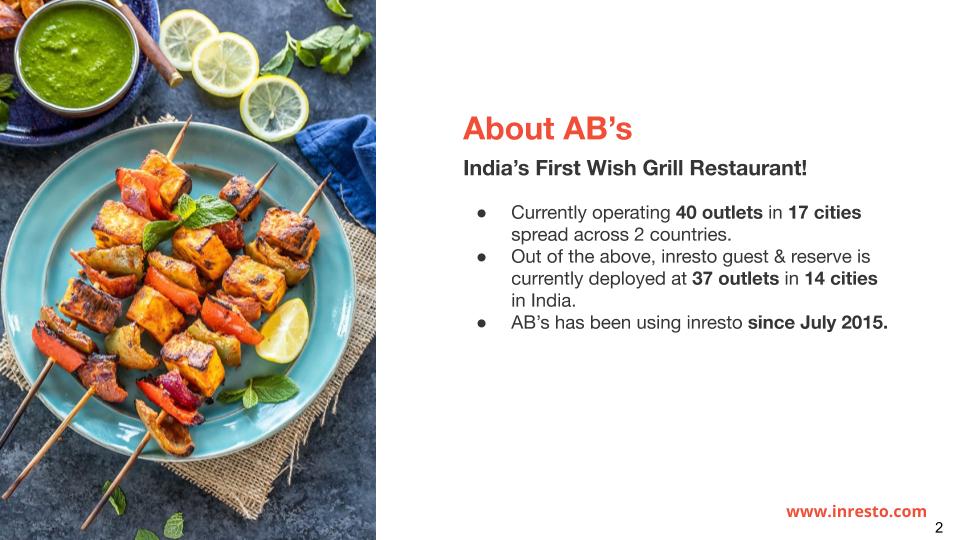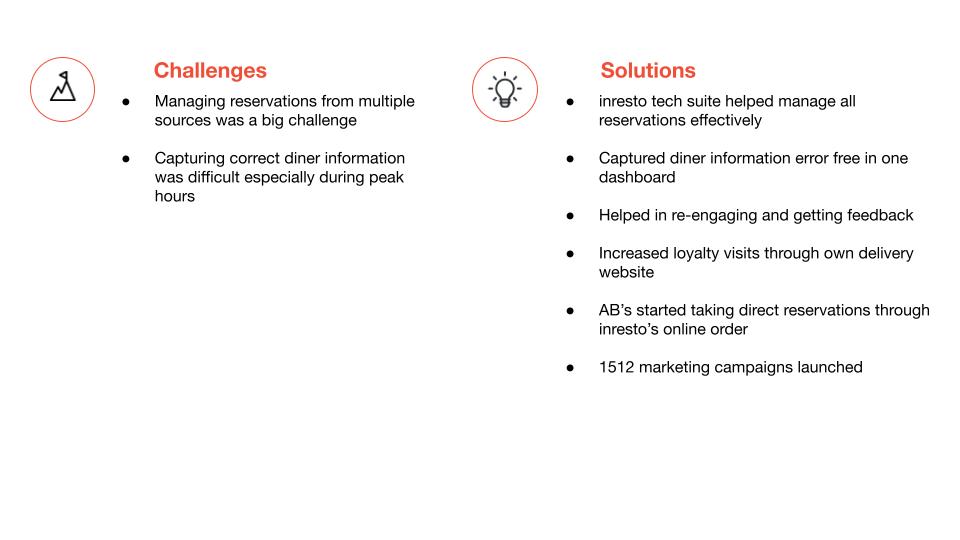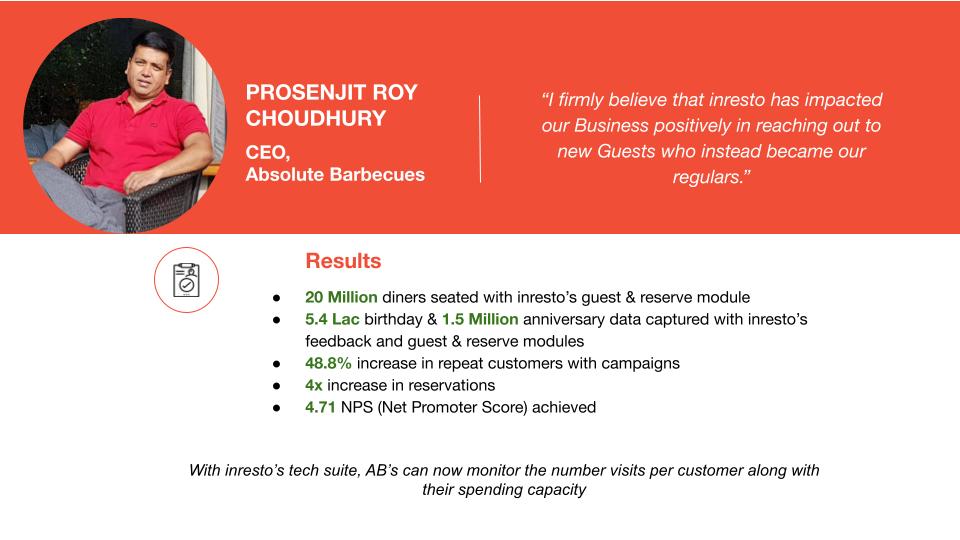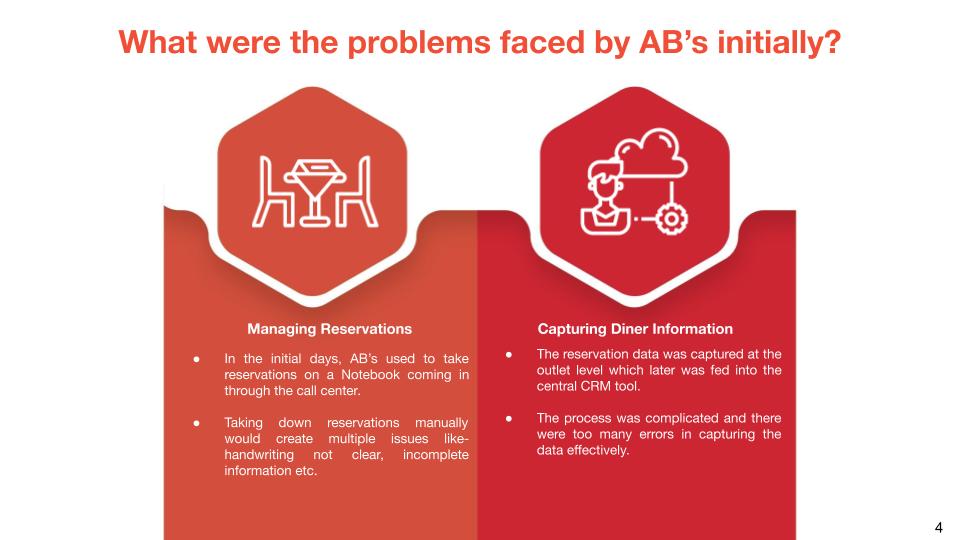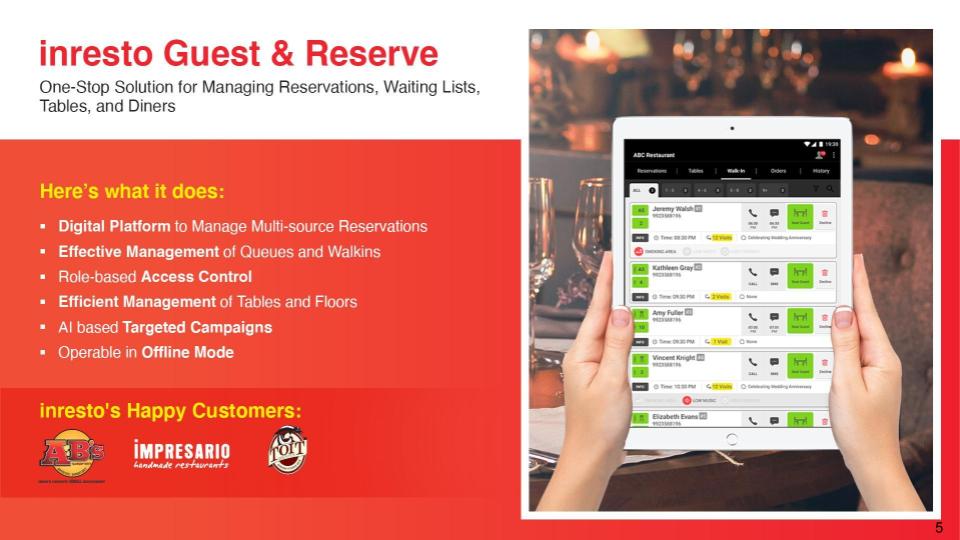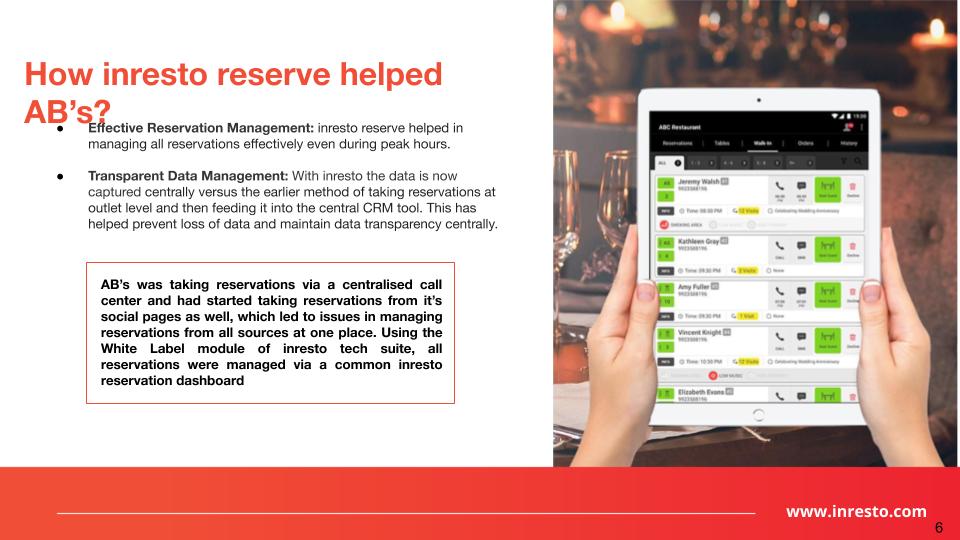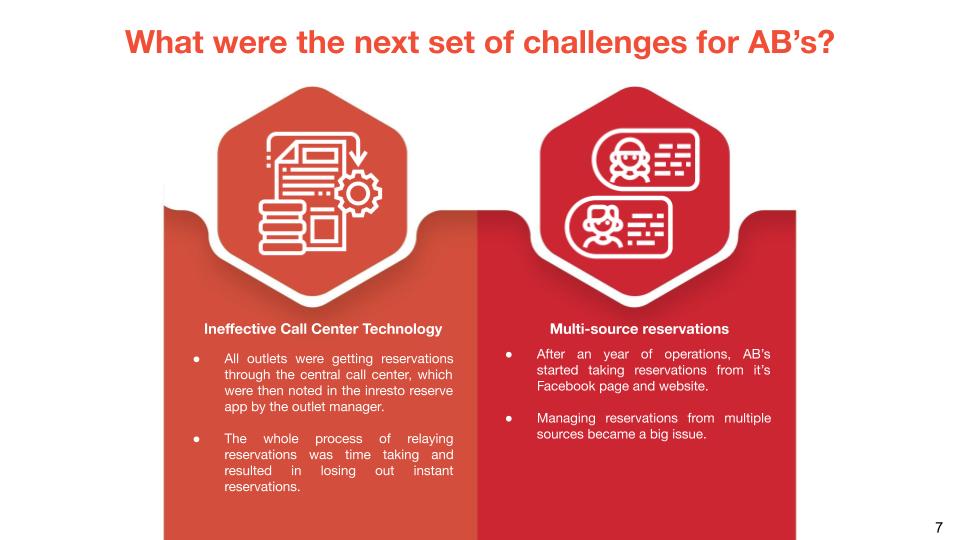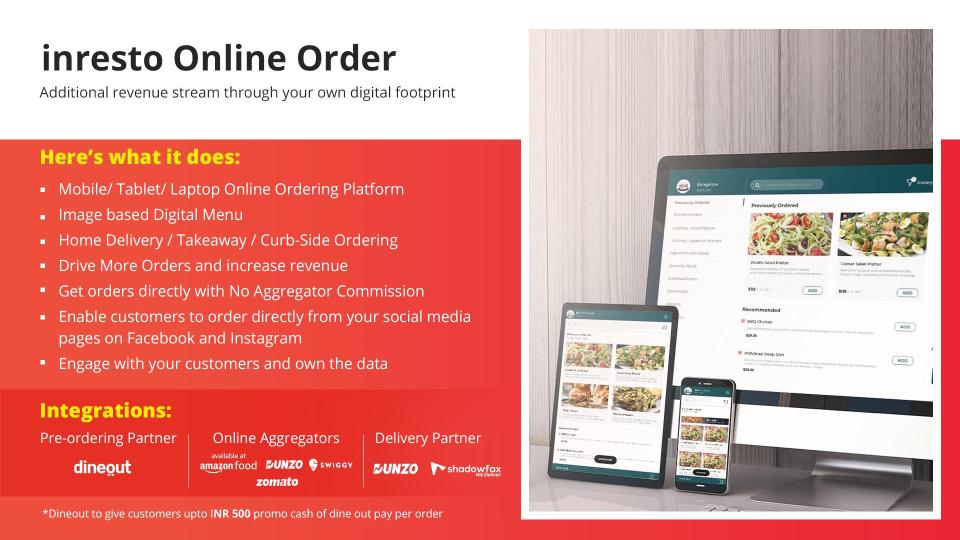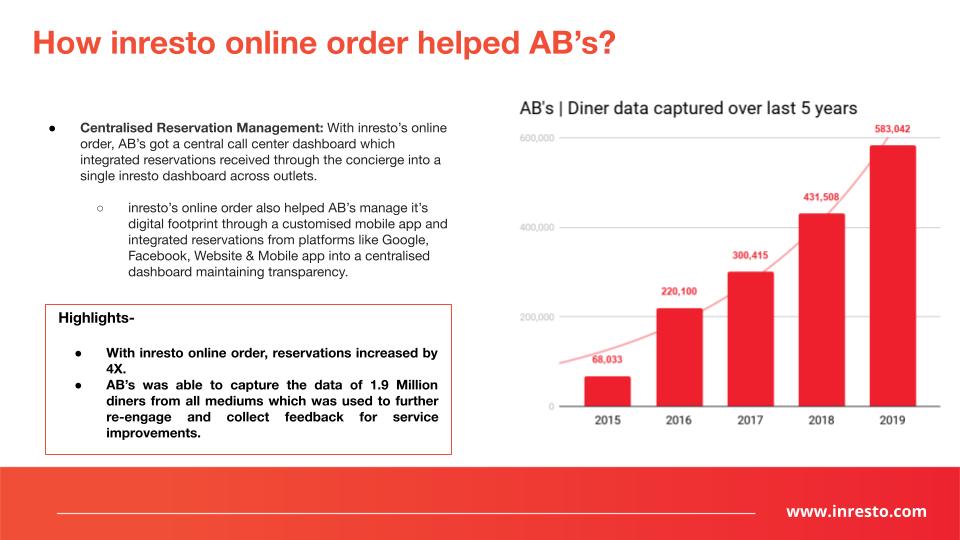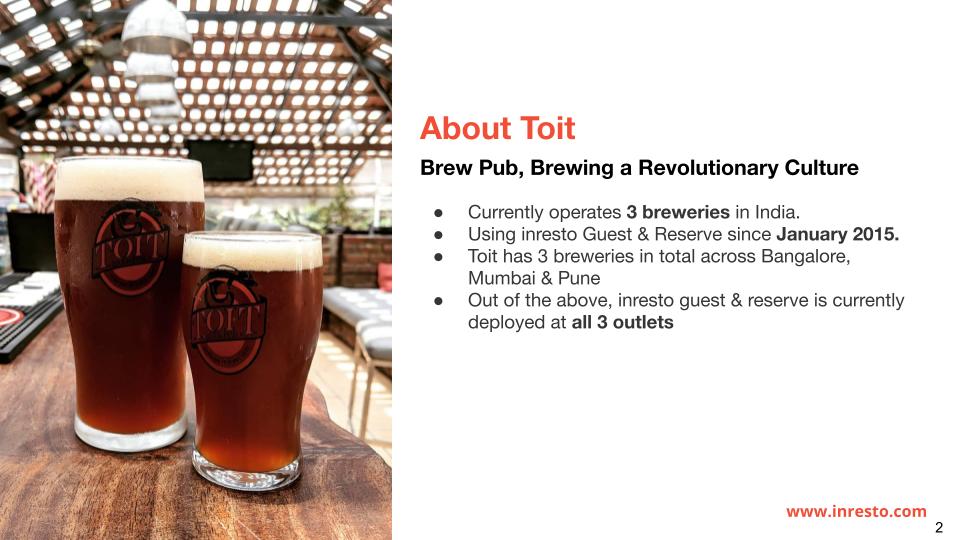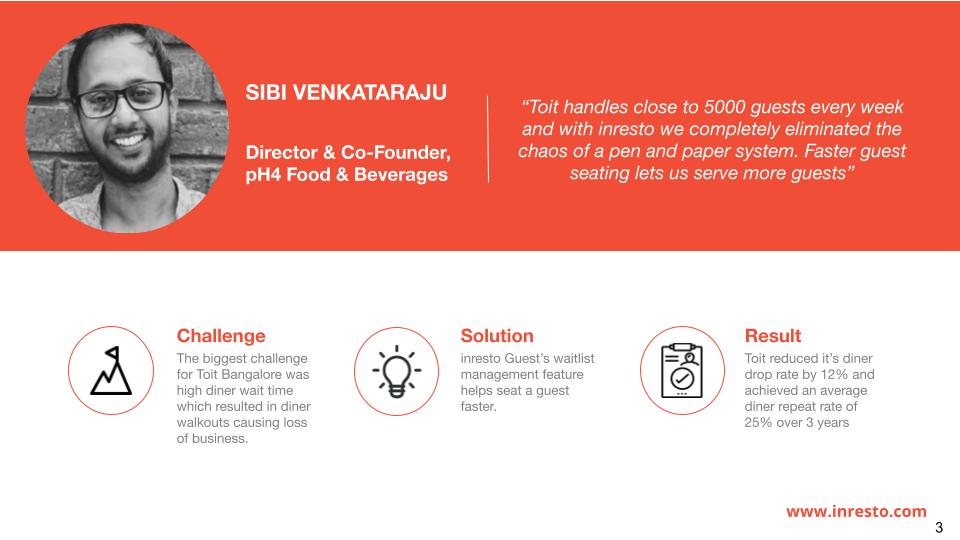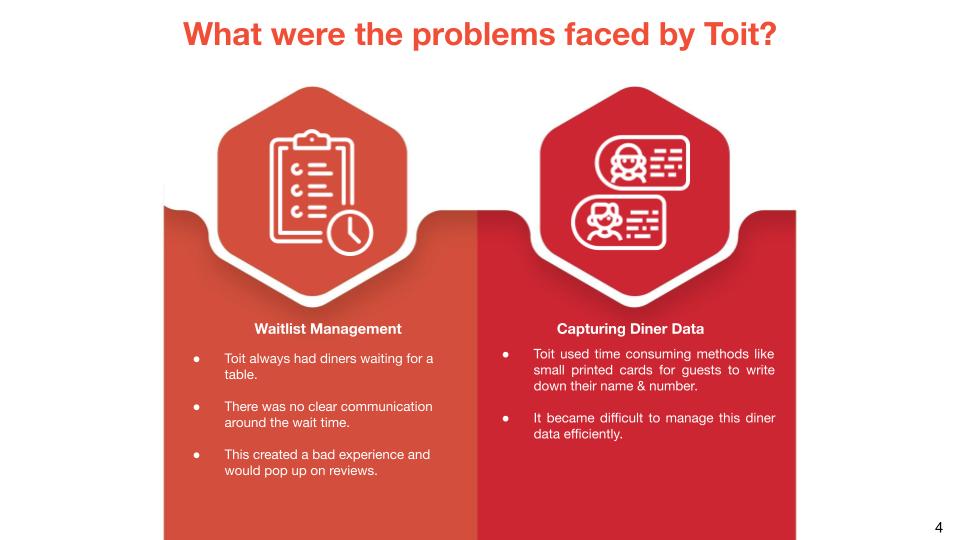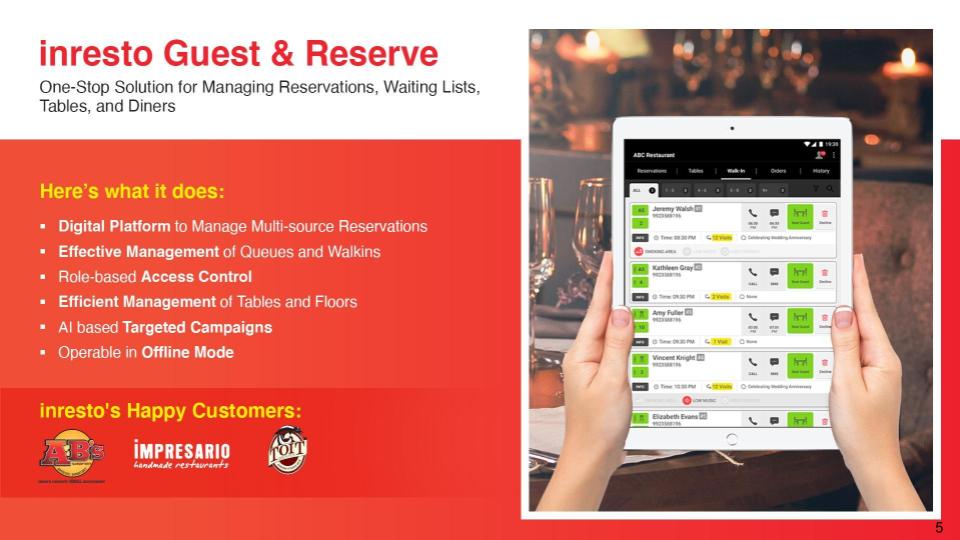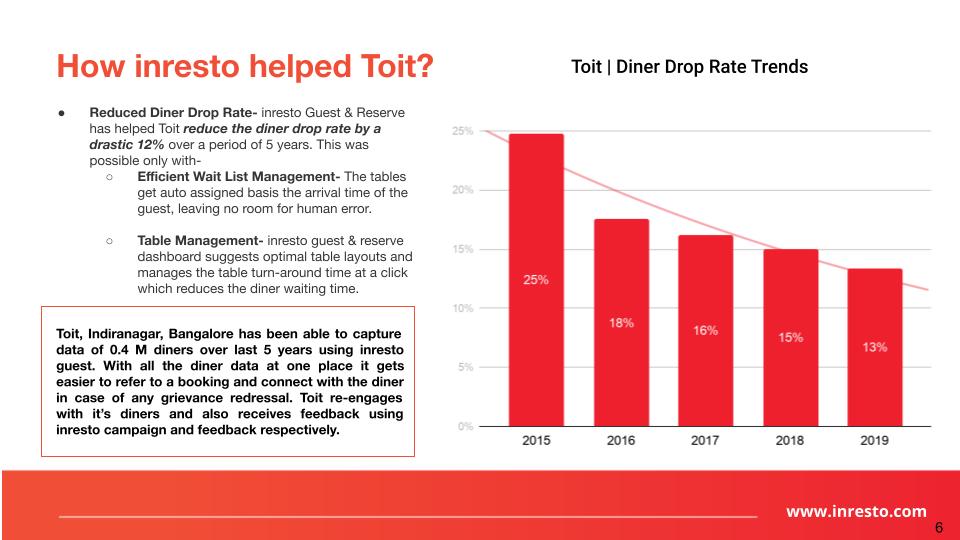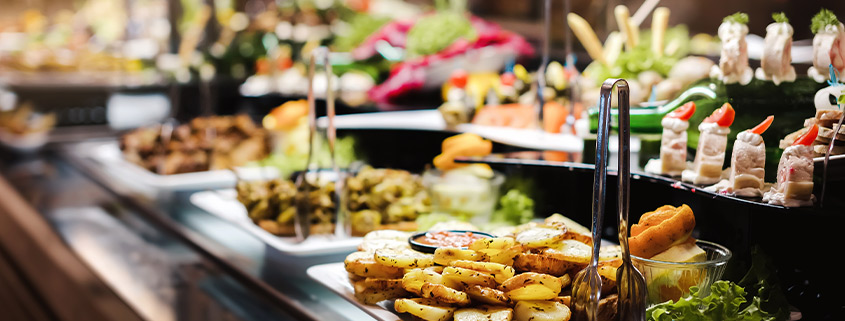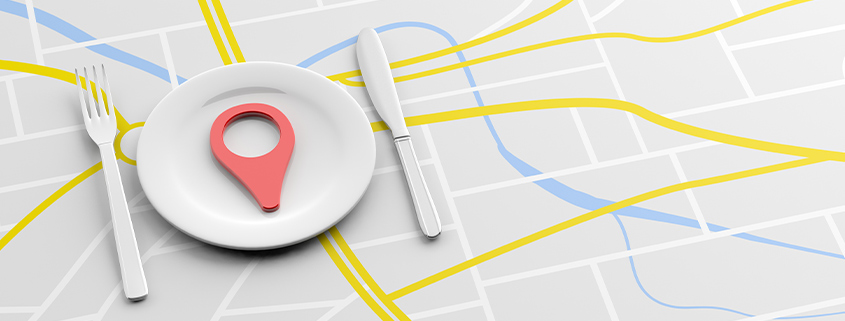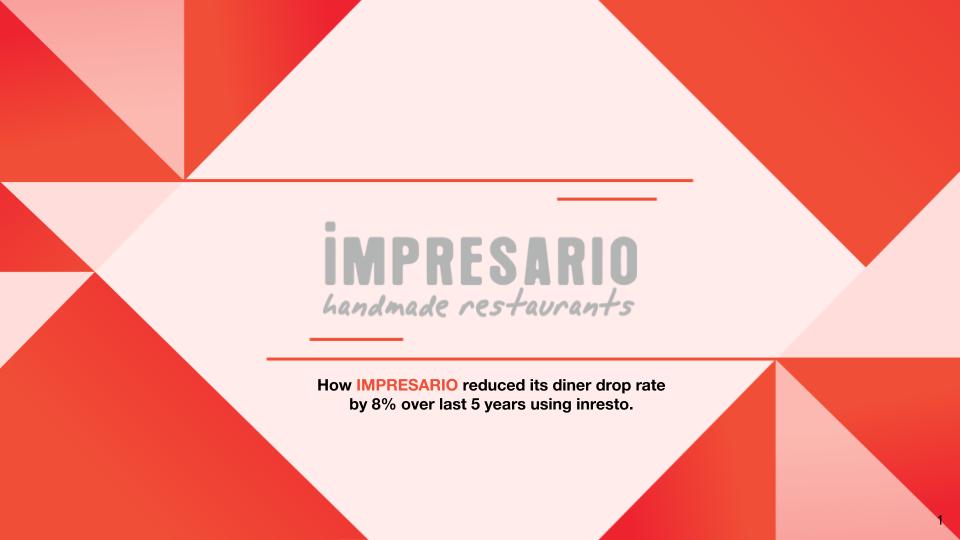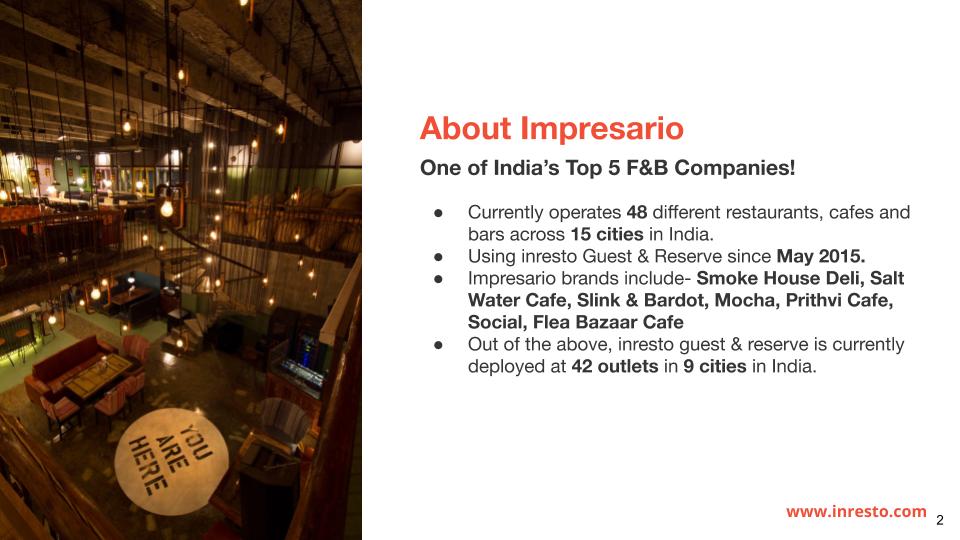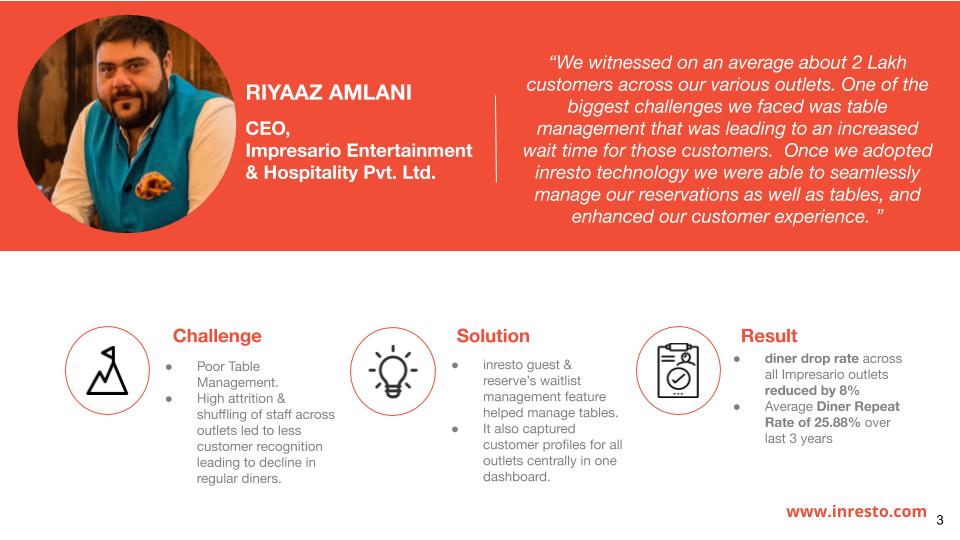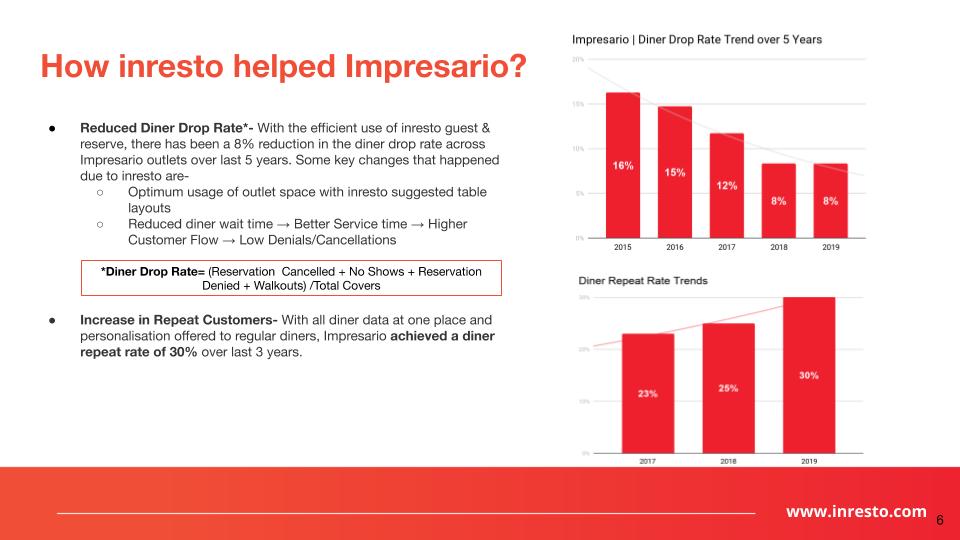As a growing restaurant, you must prioritize business and marketing changes according to customer feedback, both positive and negative. However, problems might arise: you may find it difficult and time-consuming to check such feedback on multiple online platforms such as Zomato, Facebook etc. Moreover, you might overlook the crucial step of encouraging people to put forth constructive customer reviews. As a result, you may lose business to a competitor who has better reviews and invites customer opinions on how to improve their dining experience.
To avoid such misconceptions and consequent mishaps, remember a golden rule of the restaurant business: online branding is as important as asking for feedback and acting upon it. If you are able to gather customer insights regarding greater satisfaction, they will enable you to make informed modifications to business operations and improve your brand value in the industry. Given below are some crucial reasons why restaurants must collect customer feedback.
1. Absence of positive customer feedback
What is a textbook mistake restaurants make? They do not ask each of their clients to put forth customer feedback, irrespective of whether it is positive or otherwise. This can prove to be counterproductive, as most customers will be likely to avoid spending some extra minutes filling up a feedback form, especially if they have no complaints or grievances to register.
In the restaurant business, customers only tend to give reviews if they are negative, i.e., when it voices their dissatisfaction. If you don’t consistently request for honest and transparent customer feedback, your restaurant might not have a single good review! In order to avoid such obstacles to brand growth, ask your customers to fill up customer printed/online feedback forms with their opinions on the dining experience you offer. s Moreover, you can publish positive reviews online after obtaining the concerned customers’ approvals.
2. Improvement of virtual brand renown

With a state-of-the-art tablet feedback system that collect all your customer reviews in a single organized database, you can keep tabs on the quantity and quality of your restaurant’s reviews. In turn, you can use such technological advances to regulate what type of feedback can be showcased on websites and social media handles. Therefore, the ratio of positive to negative reviews starts to change in favor of the former; a great method of improving your brand value.
3. Customer delight: retention and increase

As your restaurant brand encourages more customer feedback, happy customers will tend to develop lasting bonds with your brand. Now, you become the primary culinary choice of trusting clients. They are the ones who will keep coming back for more, as well as spread word of your services far and wide!
So, you must take special care of your customers who love your vibe and your dishes! To this end, you can make them subscribe to a loyalty program involving discounts, offers, contest prizes, and gifts. Let your clients know that you prioritize them over everyone else. This way, you sustain strong customer-business relationships and steer your restaurant towards success.
4. Revamping menu
Menu modification is one of the most important roles customer reviews play in the operational/product modifications of restaurant chains. Looking at clear and constructive feedback, you can gather vast amounts of data on which products and services are popular and which fail to make a positive mark. Using such data, you can decide to include new items on your menu and remove the least rated ones. Indeed, your future achievements as a restaurant business will pivot around the careful changes that make your menus more exciting and attractive.
Click here to know how to increase your profit margin with the help of digital menu.
5. Restaurant settings and food safety
Dining experiences have survived even the coronavirus! Restaurants are opening with promises of the same fantastic ambience that gets you comfortable and craving the perfect meal while maintaining social distancing and sanitization guidelines. How do customers regain their trust in dining out? Two words: customer feedback!
With positive reviews on customer feedback systems, your restaurant garners more trust, your brand becomes more reliable. A hassle-free experience tailored to your customers’ previous feedback makes your restaurant shine through.
6. Edge over competition
Once you are actively encouraging, generating, and acting upon customer reviews, you can collect important data on industry trends and competitors. Essentially, these are pieces of information you can use to edge out the competition and find new avenues for reputation and growth. Data is the new global currency, and your business requires thorough analyses of customer feedback data to thrive.
7. Rigorous staff training workshops
Are you going wrong in terms of in-person dining services? Are they unhappy with the time taken for delivery? By encouraging any and all feedback, you can learn about your shortcomings in staff operations. Overcoming these require a more hands-on professional approach, as you will have to train your human personnel, your trusted restaurant family members.
In turn, you can advise your staff to be more courteous, cooperative, asking them to avoid intrusion. This does not mean, however, that they distance themselves completely: a warm smile and a warmer service is a must!

8. Spread the word, real and virtual
How do you fast-track your brand reach and attract new customers in the virtual world? Simply turn your current loyal customers into your marketing agents: by asking for thorough feedback on virtual portals, you can ask your loyal clients and well-wishers to let their friends and loved ones know about you. As more people check your restaurant chain out, you can rest assured about business growth in the right direction! Now, you don’t need to worry about negative reviews!
In a world that is becoming increasingly “contactless,” your restaurant’s dining experience needs to be integrated with social distancing guidelines. So, you need to install tablet feedback systems where customers can easily type in their wishes, complaints, and other thoughts. With this addition to your digital restaurant management software, you can streamline the total dining experience, with personalized digital menus, tech-savvy staff, and delicious food. Hence, never forget to ask for your customers’ opinions!






